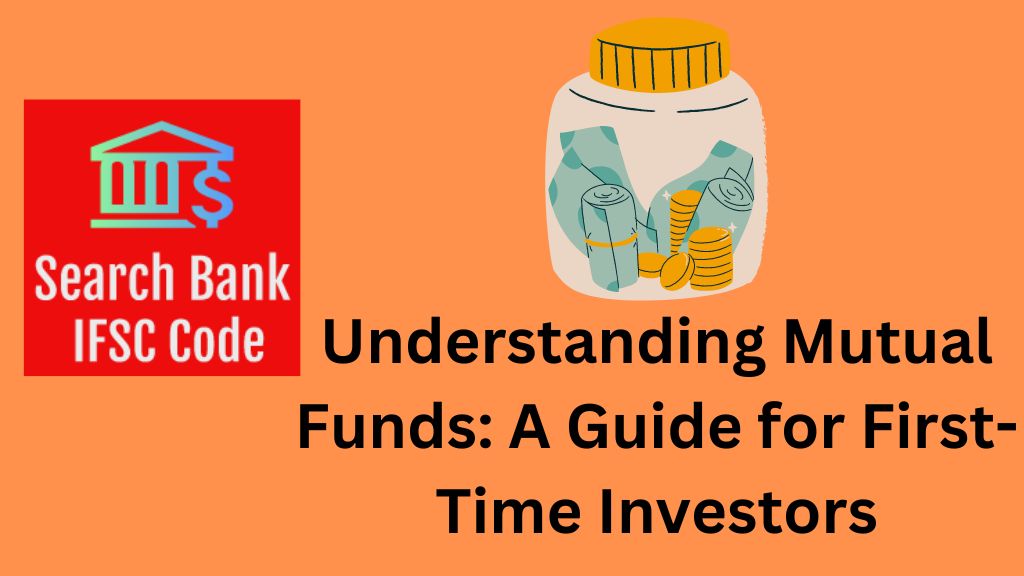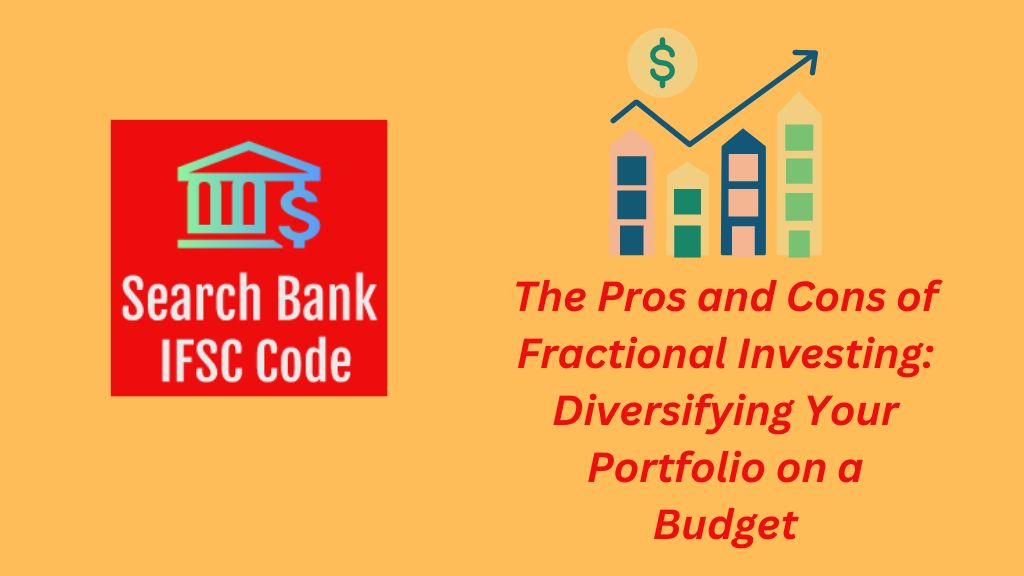Investing in Precious Metals: Gold, Silver, and Beyond
Created at: 2023-08-11
Precious metals have captivated human fascination for centuries. These shining elements not only hold cultural and aesthetic value but also play a significant role in the world of investments. Among the various options available to investors, gold and silver stand out as timeless assets that have retained their allure through economic fluctuations and technological advancements. Beyond gold and silver, there's a spectrum of other precious metals that offer unique investment opportunities. In this article, we'll explore the world of investing in precious metals, from gold and silver to the lesser-known options, examining their benefits, risks, and the broader context of their role in a diversified investment portfolio.
Understanding Precious Metals as Investments

Precious metals are considered tangible assets that tend to hold their value over time. They are often seen as a hedge against inflation and currency fluctuations. While precious metals can be purchased for their intrinsic beauty, they're also acquired as investments, either in the form of physical assets like coins and bars or through financial instruments like exchange-traded funds (ETFs) and mining company stocks.
The Reign of Gold: A Time-Tested Investment
Gold has been revered as a store of value for centuries. Its rarity, durability, and resistance to corrosion have made it an enduring symbol of wealth. Investors turn to gold as a safe-haven asset during times of economic uncertainty. In times of market turmoil, gold tends to rise in value, acting as a hedge against stock market declines.
One of the most common ways to invest in gold is through purchasing physical gold bars or coins. Gold ETFs, which represent ownership of physical gold, have gained popularity as they provide a convenient way to invest in gold without the need for storage. Moreover, gold mining stocks offer exposure to the potential profits of gold mining operations.
The Silver Lining: Industrial and Investment Value
Silver holds a unique position among precious metals due to its dual role as both a monetary and industrial metal. While silver shares some characteristics with gold as a safe-haven asset, it also plays a vital role in various industries such as electronics, solar energy, and medical applications.
Investing in silver can be done through similar avenues as gold, including purchasing physical silver or investing in silver-focused ETFs and mining stocks. The fluctuating demand from both investors and industries can lead to more volatility in silver prices compared to gold.
Beyond Gold and Silver: Exploring Other Precious Metals
Apart from gold and silver, there are other precious metals that offer investment opportunities:
- Platinum: Known for its rarity and corrosion resistance, platinum is used in catalytic converters, jewelry, and electronics. It's considered a valuable addition to a diversified portfolio due to its industrial demand.
- Palladium: Palladium's primary use is in catalytic converters for gasoline-powered vehicles. Its value has surged due to stricter emissions regulations. Investors interested in palladium can consider purchasing physical metal or investing in palladium ETFs.
- Rhodium: Rhodium is one of the rarest precious metals and is primarily used in catalytic converters for diesel engines. Its price can be highly volatile, making it a speculative investment.
Benefits and Risks of Precious Metal Investments
Investing in precious metals offers several benefits, including portfolio diversification, protection against inflation, and a history of long-term value preservation. However, there are risks to consider, such as price volatility, lack of income generation (as compared to dividend-paying stocks), and the potential for regulatory changes affecting mining and trading.
Conclusion: Balancing Precious Metals in Your Portfolio
Precious metals have earned their place in the world of investments for their ability to hold value and act as a hedge against economic uncertainties. While gold and silver remain the most recognized options, exploring other precious metals like platinum, palladium, and rhodium can provide additional avenues for diversification.
Before investing in precious metals, it's important to conduct thorough research, understand the market dynamics, and consider consulting with financial advisors. While they may not yield regular income, these assets can play a crucial role in safeguarding your portfolio's value over the long term.
Incorporating precious metals into your investment strategy requires careful planning and consideration. Whether you're drawn to the historical significance of gold, the industrial applications of silver, or the unique properties of other precious metals, each metal has its own place in the intricate puzzle of a well-balanced investment portfolio.
To explore more about precious metals and investment options, visit Federal Bank IFSC Code. Our platform provides valuable insights and comprehensive information to assist you in making informed investment decisions.



